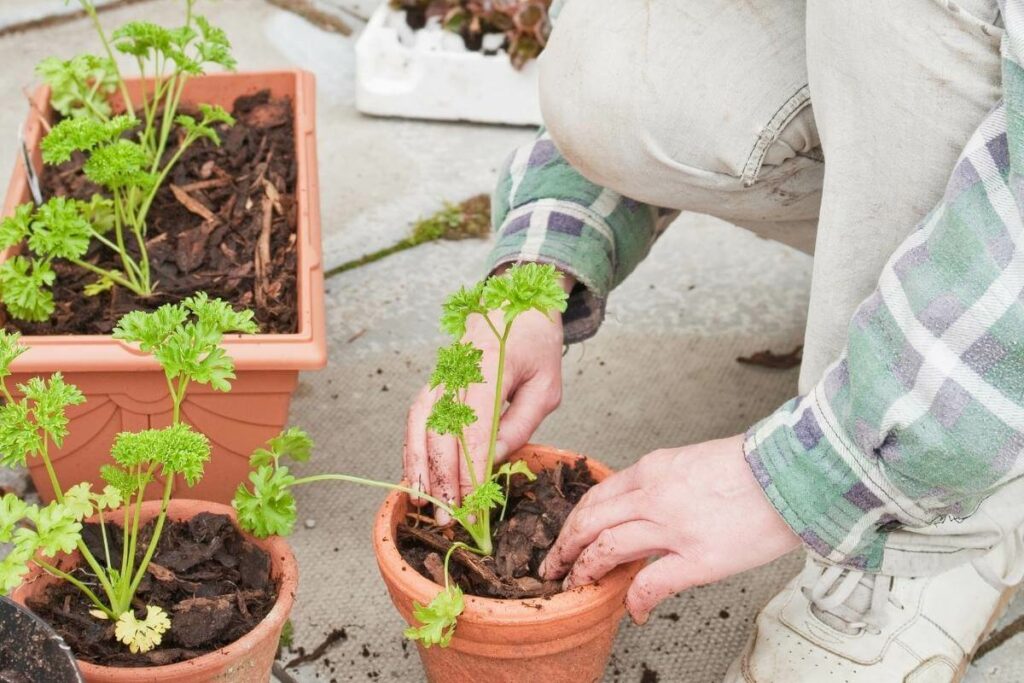Master Indoor Herb Growing with Natural Light

Imagine transforming your urban apartment into a lush, fragrant oasis filled with the aroma of fresh herbs. Sounds like a dream, right? Well, it's entirely possible with the right techniques and a bit of natural light. Whether you're a seasoned gardener or a novice looking to dip your toes into indoor herb gardening, this guide will walk you through everything you need to know about how to grow herbs indoors with natural light. Let's dive in!
Understanding the Basics of Indoor Herb Gardening
Before we get our hands dirty, it's essential to understand the fundamentals of indoor herb gardening. Herbs are versatile plants that can thrive indoors with the right care. Natural light plays a crucial role in their growth, but don't worry—you don't need a greenhouse to succeed.
Choosing the Right Herbs
Not all herbs are created equal when it comes to indoor growing. Some herbs are more suited to indoor conditions than others. Here are a few that thrive with natural light:
- Basil: Loves plenty of sunlight and warm temperatures.
- Parsley: Prefers bright, indirect light.
- Rosemary: Needs lots of light and well-draining soil.
- Thyme: Thrives in bright light and can tolerate some shade.
- Mint: Can grow in partial shade but prefers bright light.
The Importance of Natural Light for Herbs
Natural light is the lifeblood of your indoor herb garden. Different herbs have varying light requirements, so it's crucial to place them in spots where they can get the right amount of sunlight. South-facing windows are ideal for herbs that need plenty of light, while east- or west-facing windows work well for those that prefer indirect light.
Setting Up Your Urban Herb Garden
Now that you've chosen your herbs and understand the importance of natural light, let's set up your urban herb garden.
Selecting the Right Containers
The container you choose can significantly impact your herbs' growth. Opt for pots with good drainage to prevent root rot. Terracotta pots are a popular choice due to their porous nature, which allows for better air circulation.
Soil and Fertilizer
High-quality potting soil is essential for indoor herb gardening. Look for a well-draining mix that retains moisture without becoming waterlogged. Adding a balanced fertilizer can also give your herbs the nutrients they need to thrive.
Watering Techniques
Watering is a delicate balance. Too much, and you risk root rot; too little, and your herbs will wilt. A good rule of thumb is to water when the top inch of soil feels dry. Use a watering can with a narrow spout to direct water to the base of the plant.
Herb Growing Techniques for Optimal Results
Growing herbs indoors with natural light requires a bit of finesse. Here are some herb growing techniques to ensure your plants flourish.
Pruning and Harvesting
Regular pruning encourages bushier growth and prevents your herbs from becoming leggy. Pinch back the tips of the stems to promote new growth. When harvesting, take no more than a third of the plant to ensure it continues to thrive.
Pest Control
Indoor plant care includes keeping pests at bay. Common indoor pests like aphids and spider mites can wreak havoc on your herbs. Regularly inspect your plants and use natural remedies like neem oil or insecticidal soap to control pests.
Temperature and Humidity
Herbs prefer consistent temperatures and humidity levels. Most herbs thrive in temperatures between 65-75°F (18-24°C). If your home is dry, consider using a humidifier or placing a tray of water near your plants to increase humidity.
Troubleshooting Common Issues
Even with the best indoor plant care, issues can arise. Here are some common problems and their solutions.
Yellowing Leaves
Yellowing leaves can indicate overwatering or a lack of nutrients. Check your watering schedule and consider adding a balanced fertilizer.
Wilting Plants
Wilting is often a sign of underwatering or too much heat. Ensure your herbs are getting enough water and are not placed too close to a heat source.
Slow Growth
Slow growth can be due to insufficient light or poor soil quality. Move your herbs to a brighter spot and consider repotting with fresh, nutrient-rich soil.
Embracing the Joys of Indoor Herb Gardening
Growing herbs indoors with natural light is not just about having fresh ingredients at your fingertips; it's about creating a green sanctuary in your home. The process is therapeutic, and the results are rewarding. Imagine plucking fresh basil leaves for your pasta or snipping some rosemary for your roast chicken. It's a culinary delight and a visual treat.

Conclusion
Mastering indoor herb gardening with natural light is a journey filled with learning and joy. By choosing the right herbs, providing adequate natural light, and employing effective herb growing techniques, you can transform your urban space into a thriving herb garden. So, why wait? Start your indoor herb gardening adventure today and reap the benefits of fresh, homegrown herbs. Click here to explore more resources and tips on indoor plant care.
FAQs
What are the best herbs to grow indoors with natural light?
- Herbs like basil, parsley, rosemary, thyme, and mint are excellent choices for indoor gardening with natural light.
How much natural light do herbs need to grow indoors?
- The amount of natural light required varies by herb. Generally, herbs need 4-6 hours of bright, indirect light daily.
What type of soil is best for indoor herb gardening?
- A well-draining potting mix is ideal for indoor herb gardening. It retains moisture without becoming waterlogged.
How often should I water my indoor herbs?
- Water your herbs when the top inch of soil feels dry. The frequency will depend on the type of herb and the environmental conditions.
What are some common pests to watch out for in indoor herb gardens?
- Common pests include aphids, spider mites, and whiteflies. Regularly inspect your plants and use natural remedies to control pests.

0 Response to "Master Indoor Herb Growing with Natural Light"
Post a Comment